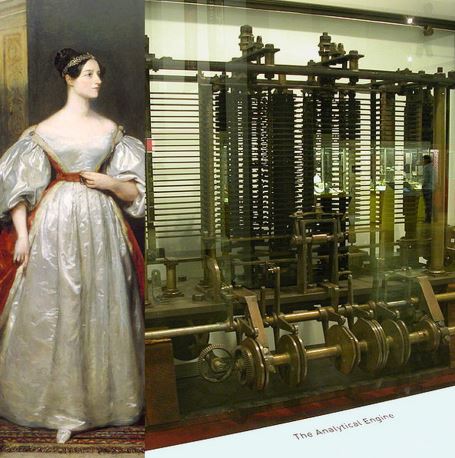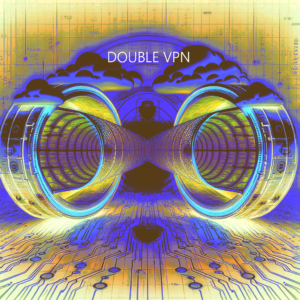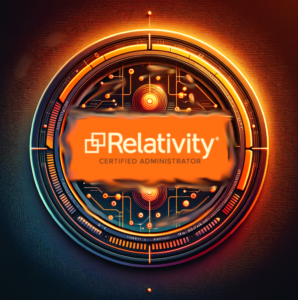The narrative of women in programming is not just a story of challenges and barriers; it is a saga of resilience, innovation, and groundbreaking achievements. From the enigmatic figures of the past to the trailblazers of today, women have been integral to the evolution of computing and technology. This detailed examination explores the nuanced history, shifting trends, and critical metrics that illustrate the journey of women in programming.
A Rich History of Pioneering Contributions
The Early Innovators
Ada Lovelace’s work in the 19th century, conceptualizing the principles of algorithmic programming, marked the dawn of computing. Lovelace’s foresight in recognizing the potential of machines to process not just numbers but any form of content was revolutionary. Her notes on Charles Babbage’s Analytical Engine laid the conceptual groundwork for future generations of programmers.
The involvement of women in computing took a significant leap during World War II, a time when the contributions of female codebreakers and computer operators were vital to the war effort. The ENIAC programmers, a group of six women, were pioneers in programming the first electronic general-purpose computer. Their work, done in complete manual calculation and without modern programming languages, set the foundation for software development practices.
The Mid-20th Century and Beyond
The post-war era saw women continue to contribute significantly to the burgeoning field of computer science. Grace Hopper’s development of the first compiler and her work on COBOL helped to democratize programming, making it more accessible and understandable to people without deep mathematical backgrounds.
Despite these early contributions, the representation of women in computer science began to wane in the latter half of the 20th century. This decline was paradoxical, given the increasing importance and ubiquity of technology in everyday life.
Evolving Trends in the Digital Age
The late 20th and early 21st centuries have seen concerted efforts to reverse the trend of declining female participation in computer science. Initiatives like Girls Who Code, Women Who Code, and the Grace Hopper Celebration of Women in Computing have sought to empower women and girls in the field, providing education, resources, and community support.
However, the landscape of tech remains challenging for many women, characterized by persistent gender biases, disparities in pay, and underrepresentation in leadership roles. Despite these obstacles, there has been a growing recognition of the need for diversity in tech, leading to more inclusive hiring practices and support networks within the industry.
Metrics of Progress and Challenge
The statistical landscape offers a mixed picture of progress and ongoing challenges. While women have made inroads into the tech industry, they remain underrepresented, particularly in technical roles and leadership positions.
- Workforce Representation: Women’s representation in technical roles has seen incremental growth but remains disproportionately low compared to their male counterparts. As of recent data, women occupy approximately 26% of computing roles, a slight increase over the past decade but still far from parity. According to Zippia, although men represent more than twice the amount of women in the field, a gender-blind study found that code written by women is approved at a higher rate than code written by men.
- Education and Graduation Rates: The percentage of women pursuing computer science degrees has seen fluctuations over the years. After a decline in the late 20th century, there has been a gradual increase, fueled by targeted efforts to engage young women in STEM fields. However, the rate of increase has not kept pace with the growing demand for tech professionals.
- Pay Gap and Career Advancement: The gender pay gap in tech reflects broader societal trends, with women often earning less than men for comparable roles. Additionally, women face significant barriers to career advancement, with a notable scarcity of women in senior and leadership positions within tech companies.
Forward-Looking Strategies for Inclusion
Achieving gender parity in programming requires concerted efforts across multiple fronts. Education and mentorship programs can inspire and support young women and girls in pursuing careers in tech. Corporate policies focused on diversity, equity, and inclusion can create more welcoming environments for women in tech, addressing issues of pay equity, career development, and work-life balance.
Furthermore, the celebration of female role models in tech—past and present—serves to inspire future generations and highlight the critical contributions of women to the field. By fostering an environment that values diversity and inclusion, the tech industry can unlock new dimensions of innovation and creativity.
The journey of women in programming is a testament to their enduring impact, resilience, and innovation. As the tech industry evolves, the continued contribution of women is not just a matter of fairness or equity; it is a strategic imperative for driving forward technological advancement and innovation. Overcoming the barriers that women face in tech requires a multifaceted approach, encompassing education, policy reform, and cultural change. The future of technology will be shaped by the diverse perspectives and talents of all its participants, making the full inclusion of women in programming an essential goal for the industry.






More Stories